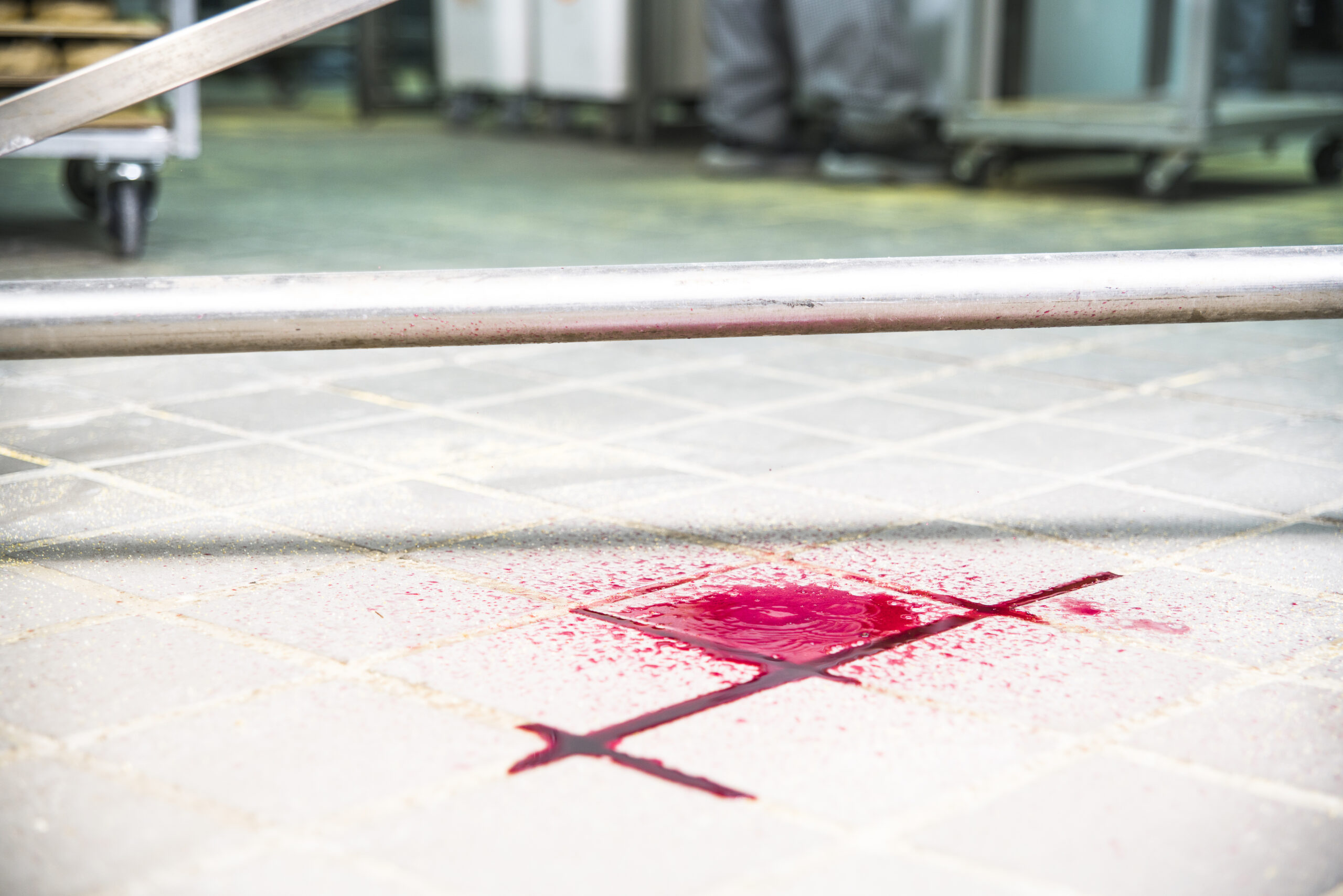
How to Clean Up Blood
It’s inevitable; accidents happen, and you may need to manage a situation that requires careful attention- like the cleanup of bodily fluids. One of the most potentially hazardous substances to clean up is blood.
Accidents that involve blood or other biohazards pose significant safety risks, and improper cleanup of these hazards may result in severe consequences, including possible disease outbreaks. Since each situation is likely to be different, there are some materials you will need to manage minor spills and a process to follow.
If you’re an owner or employee of a business, you must follow OSHA regulations with regard to cleaning up biohazardous substances. In addition, there are mandated conditions that businesses must meet to be compliant with the government, such as employee bloodborne training. You can read more about that here.
Why is Blood Dangerous?
Blood and body fluids can contain viruses that can pass to other people. Therefore, if you have contact with a person’s blood or body fluids, you could be at risk of HIV, hepatitis B or hepatitis C, or other bloodborne illnesses. Failing to clean contaminated areas or items properly can lead to the rapid spread of illness, so If you come into contact with blood or body fluids, always treat them as potentially infectious.
What Supplies Do I Need?
- EPA-registered disinfectant product with a broad spectrum kill claim
- personal protective equipment (disposable gown, face mask/shield, gloves)
- solidifying agent
- paper towel
- biohazard bags
- biohazard labels
- scoop / scraper
- disinfectant wipes
- hand sanitizer
Blood Cleanup on a Hard Surface
Step 1: Equip yourself with protective materials. Put on your protective apron or gown, gloves, and protective eyewear in case of any splashing. Make sure all the protective wear fits snugly and does not have any holes.
Step 2: Sprinkle a solidifying agent, like Safetec’s Red Z, over the spill. Allow the liquid to congeal for safer handling and transport. Discard the used towels into a biohazard bag or use a scoop and scraper the pick up the congealed liquid into a biohazard bag.
Step 3: Use a broad-spectrum, EPA Registered surface disinfectant to disinfect the entire area of the spill. Let the area remain wet until the kill time on the label has been met.
Step 4: Carefully dispose of your protective equipment into the biohazard bag and seal. Make sure that no other surfaces are contaminated in the process.
Step 5: Thoroughly wash your hands and arms with warm water and soap. If running water and soap are not available, use a hand sanitizer gel or wipe until you get to a sink.
You can help ensure the safety of those you work with by implementing and communicating this 5 step procedure for cleaning up blood and having all the necessary products and equipment to handle bodily fluid spills of any size safely.
Made in America, for America
As a U.S. infection control, first aid & OTC manufacturer, Safetec of America, Inc. has been dedicated to leading the fight against preventable infections and cross-contamination for nearly 30 years. Driven by our firm commitment to high-quality products, we manufacture EPA-registered and over-the-counter (OTC) products in our FDA-regulated facility.
As hard as we try to prevent accidents, they can happen anywhere. No one understands the importance of workplace safety and preparedness more than us! That’s why Safetec of America makes preparedness easy with a cost-saving and convenient approach to protection with pre-packaged kits designed to help keep facilities in OSHA Standard Compliance (29 CFR 1910.1030 – Bloodborne Pathogens).
